I’ve been using Google Keep recently to track to-dos and URLs I want to revisit across devices. It works pretty well.
Anyway, some of the things I’ve collected might be of interest to people other than just me, so I thought it might be cool to share some of them.
I’ve been reading Rome: A Cultural, Visual, and Personal History, so these are all related to that. Future editions of this, if there are any, will probably be more varied.
Things I Wanted to Look at
There are no easy illustrations in the kindle version of this book, so I’m constantly looking things up to get some context. Here’s a small selection of the works and artists I’ve checked out after being mentioned in the book.
Tischbein’s Goethe in the Roman Campagna
Hughes talks about this painting in detail because of the symbolic details and Goethe’s stature in Rome at the time.
The Portland Vase
A very influential piece of antiquity.
Chiswick House
More on the Chiswick House and Gardens
Pompeo Girolamo Batoni
He painted a lot of portraits of Brits in Rome on their Grand Tours and is less well known than he should be because of it. He’s also pretty good.
Carlo Maratta
This guy did a phenomenal altar in Santa Maria del Popolo (top photo), so he’s the unluckiest painter in Rome— Santa Maria del Popolo being much more famous for the $500,000,000 worth of Caravaggio hanging on the walls.
Poussin’s Diane et Endymion
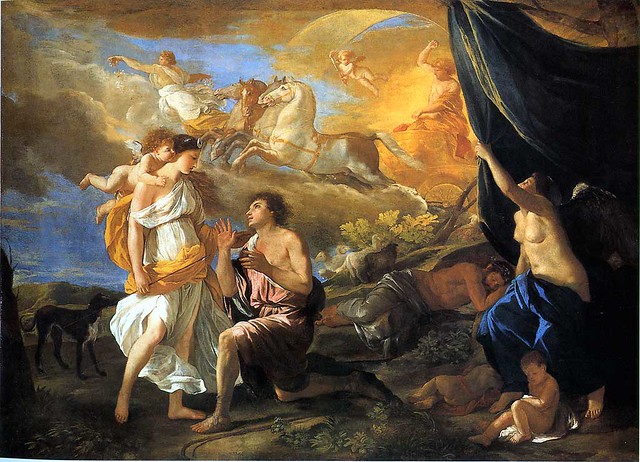
Hughes name checks this painting specifically when talking about Poussin.
Guido Reni
Went from being compared to Michelangelo and Raphael to obscurity. Also a weird dude. Hughes describes him like this:
…his personal life was disastrous, a swamp of neuroses. Reni had the misfortune to be a gambling addict, always badly in debt, and turning out masses of hackwork to stay afloat. It has been surmised, no doubt rightly, that his gambling was inspired by masochism— losing was a form of self-flagellation for the sing of being alive. […] At the same time, he was socially inept, agonizingly aware of his poor education (which hampered him as a history painter and made him hopelessly awkward with sophisticates and scholars) and an extreme close-case. It was commonly assumed that he lived and died a virgin. He was not only a daily churchgoer but morbidly superstitious. Women terrified him— he suspected them all of being witches. a suspicion they could only allay if they showed themselves to be the Virgin Mary, a hard thing to prove— and he could not bear it if anyone except his own mother touched his laundry.
Hughes, Robert. ‘Rome: A Cultural, Visual, and Personal History’ Vintage 30 Oct. 2012
Piranesi’s Carceri
I was already very familiar with Piranesi’s Vedute di Roma, etc. I’ve bid on a couple over the years and will eventually own one or two.
I was unfamiliar with these dark, imaginary prisons. They’re pretty crazy. I was surprised to see how influential these imaginary spaces were in the design of real prisons and other real world spaces.
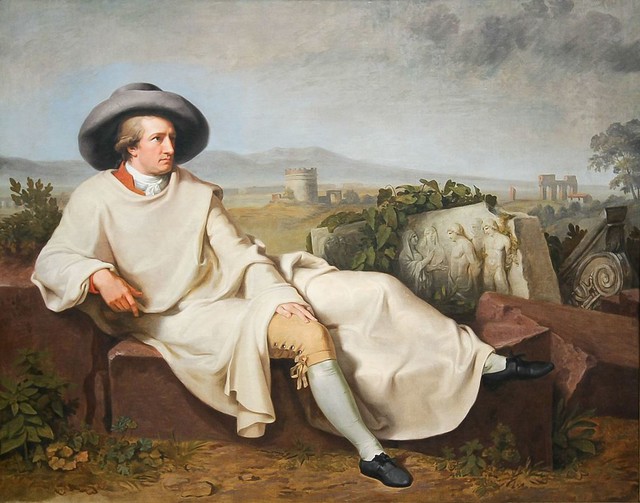

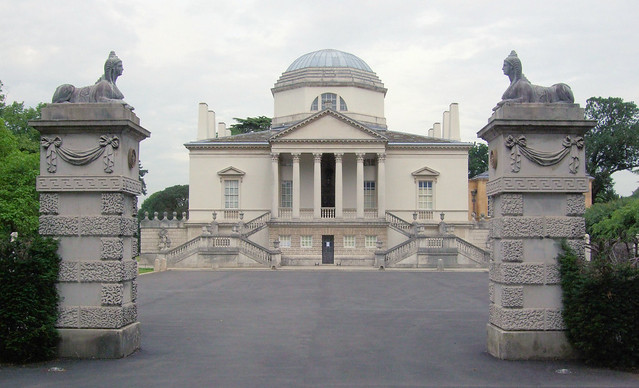
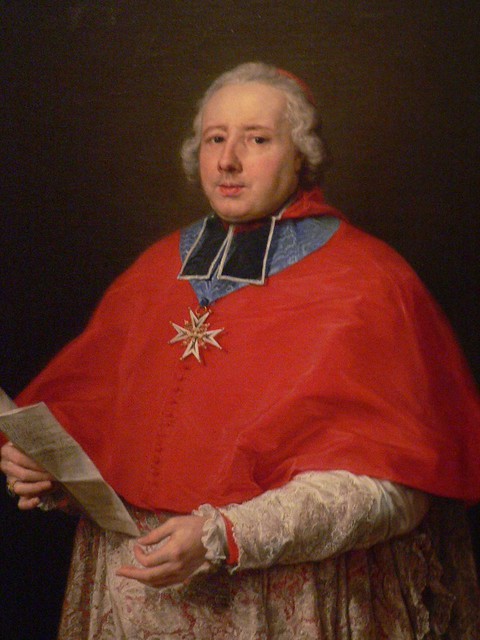
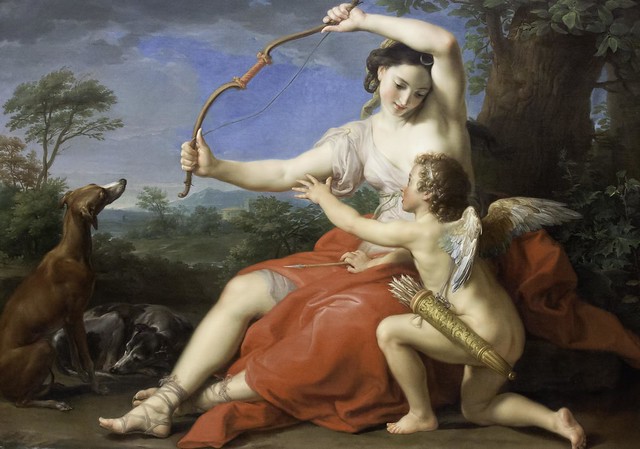
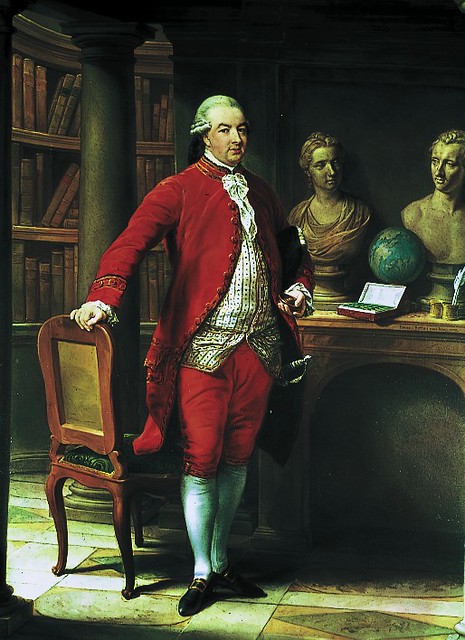
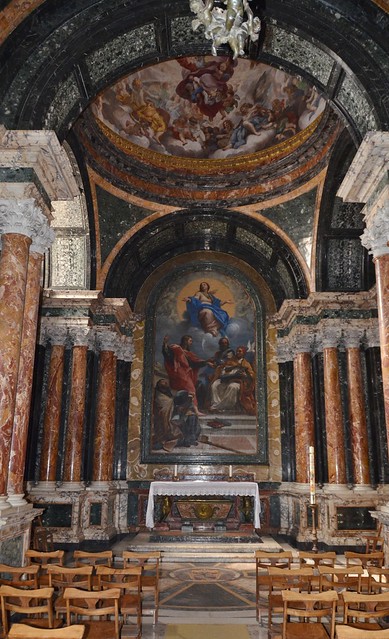
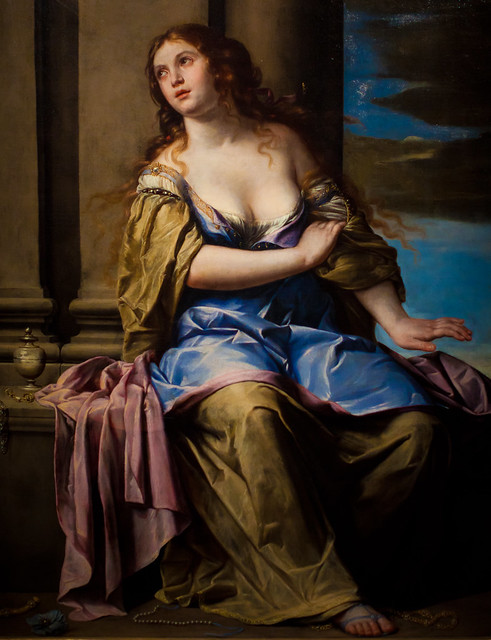
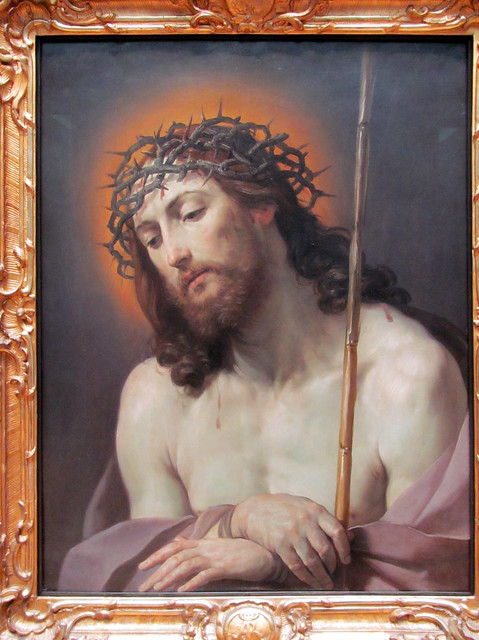



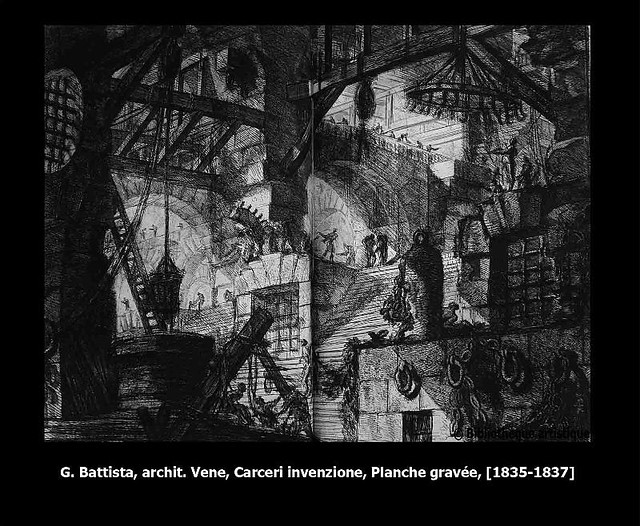

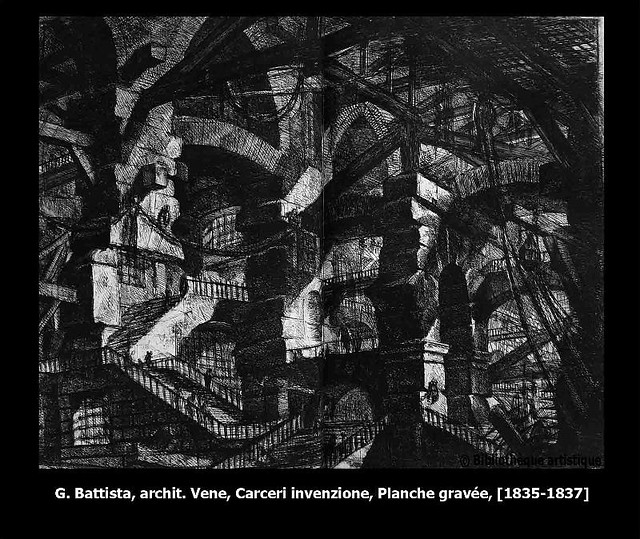
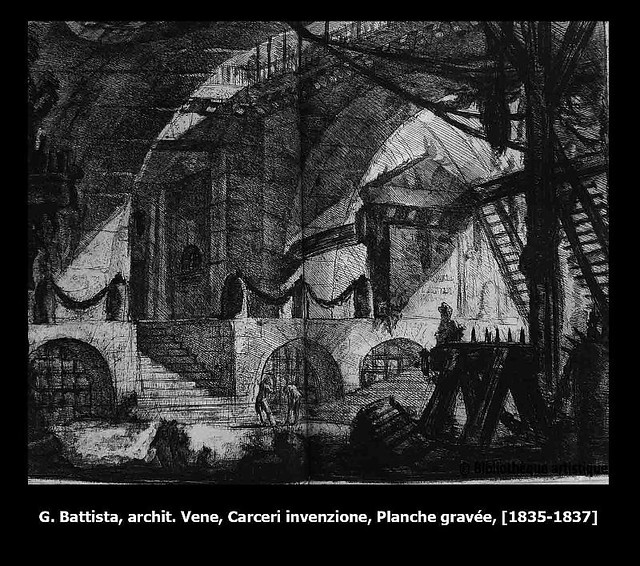
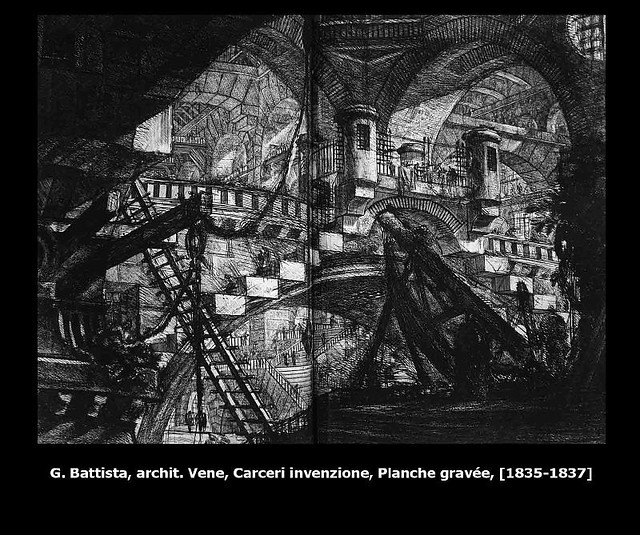
 RSS - Posts
RSS - Posts